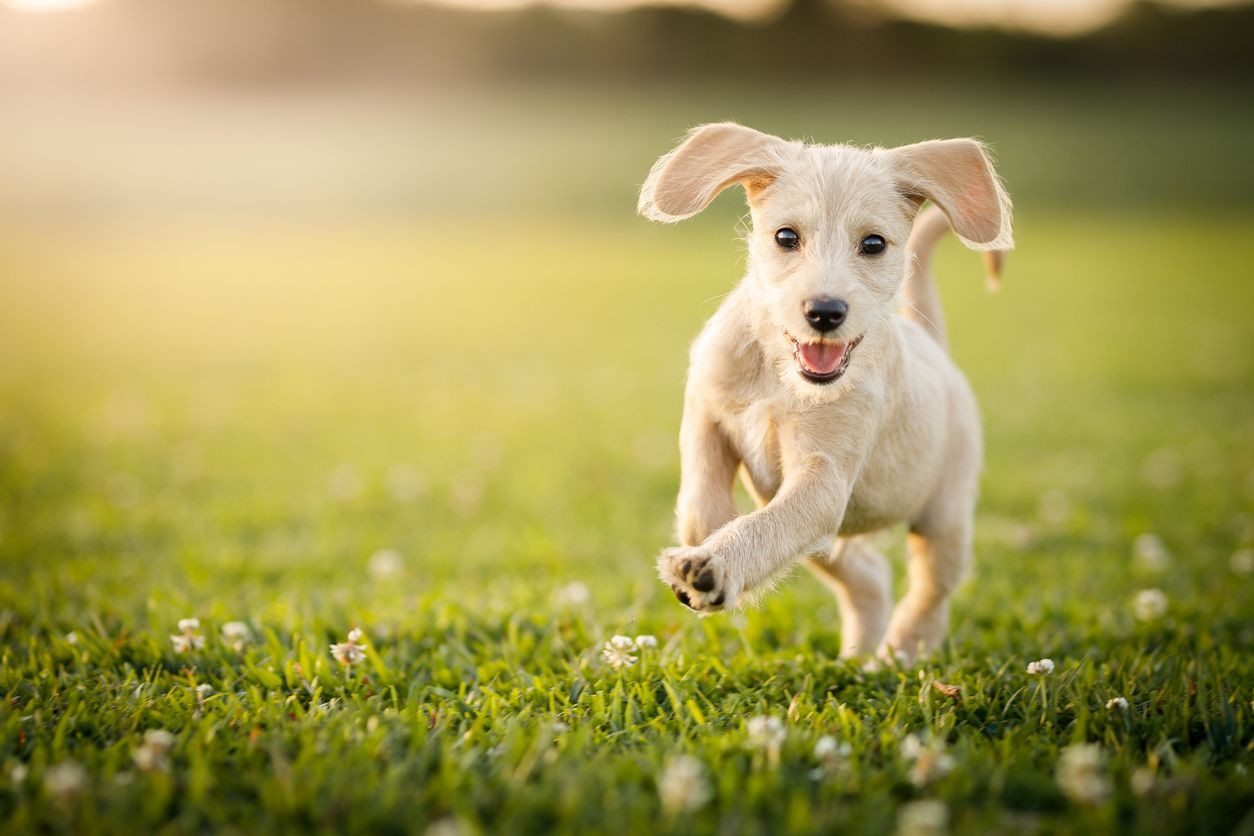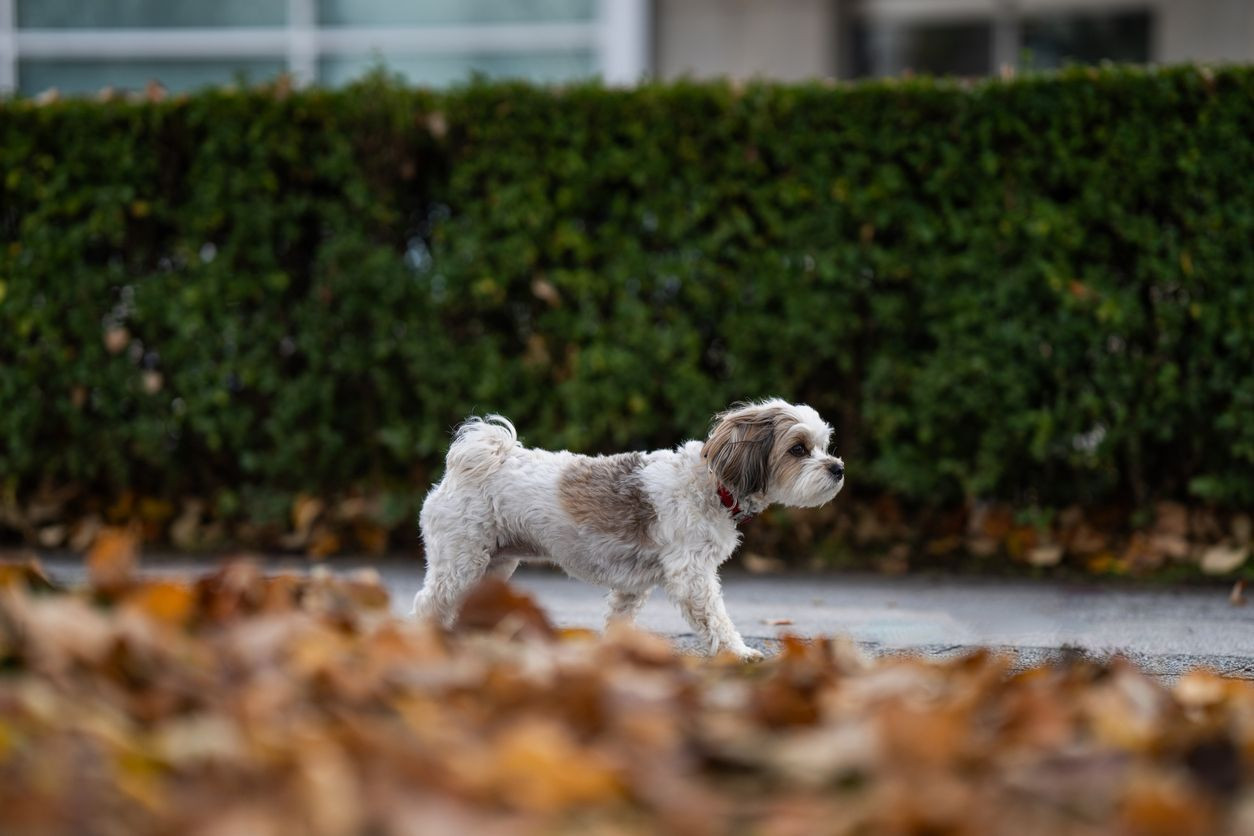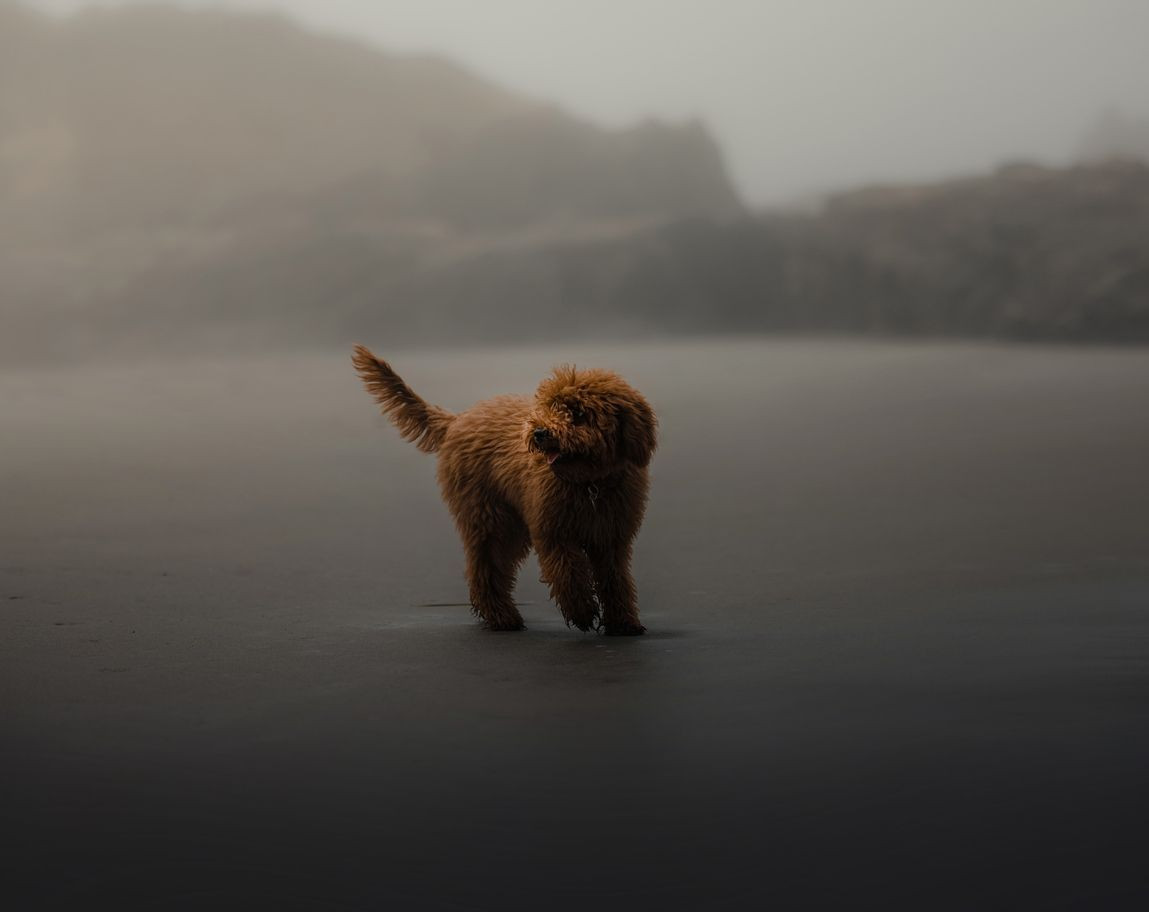A cat’s third eyelid, scientifically known as the nictitating membrane or nictitans, is a fascinating and crucial part of feline anatomy. Positioned in the inner corner of the eye, closest to the nose, this fold of tissue plays a vital role in protecting the delicate surface of the eye and maintaining essential moisture. In a healthy cat, the third eyelid remains largely unseen, subtly contributing to eye health without being prominently visible. However, when a cat’s third eyelid becomes consistently noticeable, it often signals an underlying health concern that warrants attention from cat owners.
This article delves into the world of the cat’s third eyelid, exploring:
- The purpose and function of the third eyelid in cats.
- Various conditions that can lead to a visible or elevated third eyelid.
- How veterinarians diagnose and treat issues related to the nictitating membrane.
Understanding the nuances of your cat’s third eyelid is key to proactive pet care. Recognizing when it’s normal and when it’s a sign of a problem empowers you to seek timely veterinary help, ensuring your feline companion enjoys optimal eye health and overall well-being.
What is a Cat’s Third Eyelid?
The third eyelid, or nictitating membrane, in cats is a pale pinkish-white tissue that acts as a protective shield for the eye. Unlike the upper and lower eyelids we typically see, the third eyelid operates somewhat independently and is not under voluntary control. It’s anchored in the inner corner of the eye, near the nose, and in healthy cats, it’s usually only subtly visible as a faint pink edge.
The primary functions of the nictitating membrane are twofold:
- Protection: The third eyelid acts as a physical barrier, sweeping across the cornea (the clear front surface of the eye) to remove debris and protect it from scratches or injuries. Think of it as a windshield wiper for the eye. When a cat instinctively flinches or anticipates danger, the eyeball retracts slightly into its socket, and the third eyelid reflexively extends to provide immediate protection.
- Moisture and Tear Film Distribution: The third eyelid plays a crucial role in maintaining the tear film, the thin layer of moisture that keeps the cornea healthy and lubricated. It helps to spread tears evenly across the eye surface, preventing dryness and irritation. Additionally, the third eyelid contains glands that contribute to tear production, further aiding in lubrication and eye health.
In essence, the nictitating membrane is a silent guardian of your cat’s vision, constantly working to protect and maintain the health of their eyes.
When is a Cat’s Third Eyelid Visible?
Typically, a healthy cat’s third eyelid should only be briefly visible. You might notice it momentarily when your cat is:
- Drowsy or Sleepy: As a cat starts to doze off or just after waking up, the third eyelid might partially extend. This is a normal physiological response and should recede as the cat becomes more alert.
- Recovering from Anesthesia or Sedation: Medications used for sedation and anesthesia can temporarily affect muscle tone around the eye, leading to a visible third eyelid. This is usually temporary and resolves as the effects of the medication wear off.
- Briefly during reflexes: When a cat startles or quickly turns its head, you might catch a glimpse of the third eyelid as it flashes across the eye for protection.
However, a persistently visible third eyelid, one that remains extended and noticeable for extended periods, is not normal and is a strong indicator of an underlying issue. Even if your cat isn’t showing other obvious signs of illness, a constantly raised third eyelid warrants a veterinary examination.
Why is My Cat’s Nictitating Membrane Showing? Common Causes
A consistently elevated third eyelid in cats is often a symptom of an underlying medical condition, rather than a problem in itself. The visibility of the third eyelid is usually a secondary effect, triggered by various factors that affect the eye or the cat’s overall health.
Dr. Sarah Miller, a board-certified veterinary ophthalmologist, explains, “Think of the third eyelid as an indicator light. When it’s visible, it’s telling you something is amiss, prompting the body to provide extra eye protection. It’s crucial to investigate the root cause rather than dismissing it as a minor issue.”
Here are some of the most common reasons why a cat’s nictitating membrane might be prominently displayed:
1. Sleepiness or Post-Anesthesia
As mentioned earlier, a temporarily visible third eyelid can be normal when a cat is sleepy or just waking up. Similarly, cats recovering from sedation or anesthesia may exhibit an elevated nictitating membrane. In these scenarios, the visibility is transient and should resolve quickly as the cat becomes fully awake and alert.
2. Haws Syndrome
Haws syndrome is a peculiar condition in cats characterized by the bilateral (affecting both eyes) protrusion of the third eyelids without any apparent eye disease. The exact cause of Haws syndrome remains unknown, but it’s often linked to gastrointestinal upset or mild viral infections.
Cats with Haws syndrome typically show no other eye-related symptoms like redness, discharge, or squinting. They may or may not have accompanying digestive issues such as vomiting or diarrhea. The good news is that Haws syndrome is usually self-limiting, meaning it resolves on its own without specific treatment, often within weeks or months. However, recurrent episodes of Haws syndrome might suggest a chronic underlying gastrointestinal problem that needs further investigation.
3. Eye Infections and Injuries
Eye infections and injuries are frequent culprits behind a persistent third eyelid elevation. When the eye is irritated, inflamed, or painful, the third eyelid reflexively protrudes to offer protection and aid in healing. These conditions are often accompanied by other noticeable symptoms, including:
- Redness of the eye (conjunctivitis): The white part of the eye may appear bloodshot or inflamed.
- Squinting or excessive blinking: The cat may try to keep the affected eye partially closed due to discomfort.
- Eye discharge: Discharge can range from clear and watery to thick and pus-like, depending on the cause of the infection.
Specific eye conditions associated with an elevated third eyelid include:
- Corneal ulcers or abrasions: Scratches or open sores on the cornea are painful and trigger third eyelid protrusion.
- Conjunctivitis (pink eye): Inflammation of the conjunctiva, the membrane lining the inner eyelids and covering the white part of the eye, is a common cause, often viral or bacterial in origin.
- Foreign bodies or irritants: Dust, debris, or chemical irritants in the eye can cause irritation and third eyelid elevation.
 Cat's eye with visible third eyelid
Cat's eye with visible third eyelid
Alt text: Close-up of a cat’s eye showing a partially visible third eyelid, indicating a potential health issue requiring veterinary attention.
4. Cherry Eye (Prolapsed Nictitans Gland)
Cherry eye is a condition where the gland of the third eyelid, responsible for producing a significant portion of the tear film, prolapses or pops out of its normal position. This prolapsed gland appears as a pink, fleshy mass protruding from the inner corner of the eye, resembling a cherry – hence the name.
When the gland prolapses, it pushes the eyeball slightly back into the socket, causing the third eyelid to become more visible. Cherry eye is more common in dogs, particularly certain breeds, but can occur in cats as well, although less frequently. While not usually an emergency, cherry eye requires veterinary attention to prevent complications like dry eye and infection.
5. Horner’s Syndrome
Horner’s syndrome is a neurological condition that affects the sympathetic nervous system, which controls certain involuntary functions, including eye and facial muscles. Damage or disruption to this nerve pathway can lead to a constellation of symptoms, including an elevated third eyelid.
Typically, Horner’s syndrome affects only one side of the face, and alongside a protruding third eyelid, other signs may include:
- Constricted pupil (miosis): The pupil in the affected eye becomes smaller than normal.
- Drooping of the upper eyelid (ptosis): The upper eyelid may appear to sag slightly.
- Sunken eyeball (enophthalmos): The eye may appear to be recessed deeper into the eye socket.
While the syndrome itself isn’t a disease, it’s a sign of an underlying neurological problem that needs to be investigated. Causes can range from neck injuries to tumors, but in many cases, the cause remains idiopathic (unknown).
Diagnosing and Treating a Cat’s Elevated Third Eyelid
When you notice that your cat’s third eyelid is consistently visible, a veterinary visit is crucial. A veterinarian will conduct a thorough physical exam, including a detailed examination of your cat’s eyes. To pinpoint the underlying cause, they may employ various diagnostic tests:
- Fluorescein stain: This test uses a special dye to highlight corneal ulcers or scratches, making them visible under blue light.
- Schirmer tear test: This measures tear production to rule out dry eye, particularly important in cases of cherry eye complications.
- Eye pressure measurement (tonometry): This test checks for glaucoma (increased pressure inside the eye) or uveitis (inflammation inside the eye), although less directly related to third eyelid issues, it’s part of a comprehensive eye exam.
- Phenylephrine eye drops: These drops can help differentiate between Haws syndrome and Horner’s syndrome.
- Neurological exam: If Horner’s syndrome is suspected, a neurological exam will assess nerve function.
- Blood tests and imaging (X-rays, CT scans, MRI): These may be necessary to investigate systemic diseases or neurological issues, especially if Horner’s syndrome is suspected or if there are signs of systemic illness.
Treatment strategies are entirely dependent on the underlying diagnosis. Common treatments include:
- Topical eye medications: Antibiotic or antiviral eye drops or ointments are used to treat eye infections like conjunctivitis and corneal ulcers. Anti-inflammatory medications may also be prescribed.
- Surgery for cherry eye: The prolapsed gland needs to be surgically repositioned back into its normal location to restore proper tear production and prevent complications.
- Addressing underlying systemic diseases: If the elevated third eyelid is a symptom of a broader health issue like Haws syndrome (managing gastrointestinal upset) or Horner’s syndrome (treating the neurological cause if identifiable), treatment will focus on the primary condition.
It’s important to remember that not all causes of a visible third eyelid require direct treatment. For instance, Haws syndrome often resolves spontaneously. However, accurate diagnosis is paramount to determine the appropriate course of action and ensure your cat’s well-being.
When to Seek Veterinary Care for Your Cat’s Eyes
Any noticeable changes in your cat’s eyes, including a persistently elevated third eyelid, warrant a consultation with your veterinarian. Even if your cat seems otherwise healthy, a visible third eyelid can be an early indicator of a developing problem.
While a raised third eyelid alone isn’t always an emergency, prompt veterinary attention is advisable to:
- Identify the underlying cause: Accurate diagnosis is essential for effective treatment.
- Prevent complications: Early intervention can prevent minor issues from escalating into more serious problems, such as vision impairment or chronic eye discomfort.
- Address systemic illnesses: In some cases, the eye symptom can be a clue to a broader health concern that needs to be addressed.
Online veterinary resources can be helpful for initial assessments, but they should not replace in-person veterinary examinations, especially when dealing with eye issues.
Is a Raised Third Eyelid in Cats an Emergency?
In most cases, a raised third eyelid without other alarming symptoms (like sudden vision loss, severe pain, or significant eye trauma) is not an immediate emergency. However, it’s still a sign that something is wrong and needs to be addressed promptly. Delaying veterinary care could lead to prolonged discomfort, worsening of the underlying condition, and potential complications. It’s always best to err on the side of caution and seek professional veterinary advice when you notice changes in your cat’s eye health.
FAQ: Understanding Your Cat’s Third Eyelid
Why is my cat’s third eyelid showing, even though they seem fine?
A consistently visible third eyelid, even in a seemingly healthy cat, is often a subtle sign of an underlying issue. Many conditions causing third eyelid elevation may not present with obvious symptoms initially. The third eyelid is reacting to something happening in the eye or body that requires investigation.
Is it normal for my cat’s third eyelid to show when sleeping?
Yes, it’s normal for the third eyelid to be briefly visible as a cat is falling asleep or just waking up. If the eyelids are not fully closed during light sleep, the third eyelid might also be partially seen. However, it should not remain elevated once the cat is fully awake and alert.
What does a healthy cat’s third eyelid look like?
A healthy third eyelid is a pale pinkish-white membrane, barely visible in the inner corner of the eye. It’s subtle and not prominently displayed. When it functions normally, you might only catch a fleeting glimpse of it. Persistent visibility is the key indicator of a potential problem.
Understanding your cat’s anatomy, including the function and significance of the third eyelid, is a vital part of responsible pet ownership. By being observant and proactive, you can help ensure your feline friend enjoys a lifetime of healthy vision and overall well-being.
 Vetster – Book a virtual vet appointment
Vetster – Book a virtual vet appointment
Alt text: A happy and healthy small dog walking outdoors, promoting the idea of preventative pet care and regular veterinary check-ups for optimal animal well-being.
 Puppy with cloudy eyes
Puppy with cloudy eyes
Alt text: A golden retriever puppy running on a foggy beach, symbolizing potential eye health concerns in young animals and the importance of early veterinary diagnosis and treatment.

